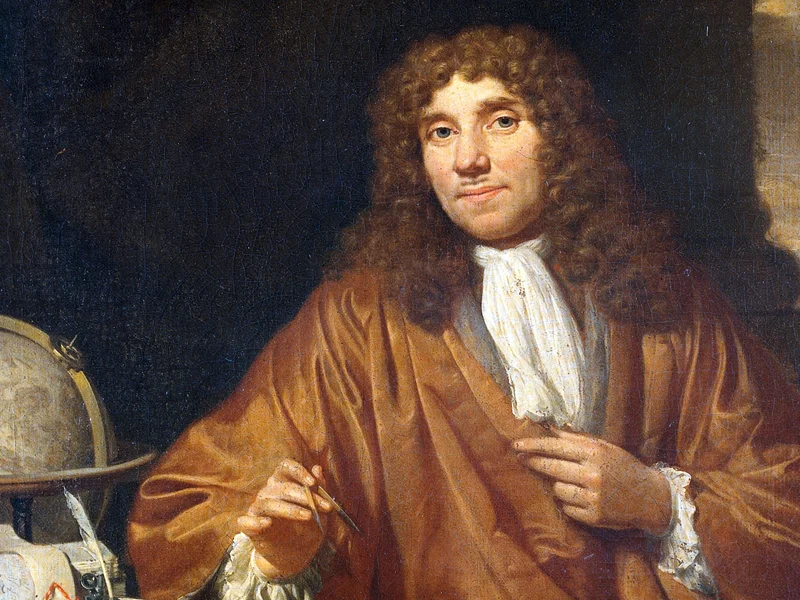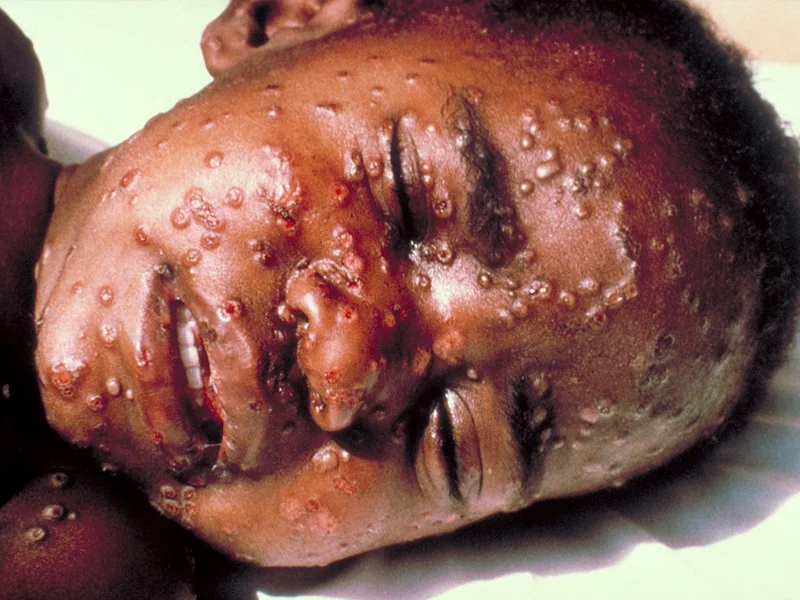A Brief History of Microbiology
These pages are under development and are constantly being updated. They contain brief information on milestones and interesting occurrences in the history of microbiology. If you would like to suggest interesting subject matter for this page or contribute articles please contact us. We will be including articles on subject matter from Leeuwenhoek and Pasteur right up to articles from current journals.

Antony Van Leeuwenhoek 1632-1723
Leeuwenhoek is widely regarded as the “father of microbiology”. He was a Dutch scientist known for his work in microscopy and his discovery of microorganisms which he named “animalcules”. He is often credited as the inventor of the microscope but earlier work by Hooke and Swammerdam clearly show this not to be the case. Leeuwenhoek did however build superior microscopes with the ability to magnify over 200 times as opposed to the earlier microscopes capabilities of up to about 20 times. This was due to Leeuwenhoek’s skill as a lens grinder.
The Plague
“Ring-a-ring of roses, a pocket full of posies, attischo, attischo, we all fall down”.
There can’t be many children’s songs about disease which claimed the lives of millions of people but this is one.


Edward Jenner 1749-1823
Edward Jenner is best known for developing a vaccination against smallpox. Jenner had a somewhat unusual method for proving his theories by deliberately infecting his immunised subjects with smallpox.
Louis Pasteur 1822-1895
Louis Pasteur was one of the most important scientists in history. His work has saved coutless lives. He was involved with a huge amount of different areas over his lifetime including fermentation e.g. beer and wine (leading to today’s work by drug companies in antibiotic production), germ theory, pasteurisation, contageous diseases as well as work on stereochemistry.


Joseph Lister 1827-1912
Joseph Lister developed the use of antiseptics in medicine. He was a fellow of the royal college of surgeons and his work has undoubtedly saved coutless lives over the years.
Robert Koch
Koch is most famous for his work on anthrax and tuberculosis. He developed the technique of microbial culture developing a culture medium based on potatoes and gelatine. He is also known for developing staining techniques which allowed many previously unseen microbes to be observed under the microscope.


Typhoid Mary 1869-1938
Mary Mallon (aka typhoid Mary) is a famous person in the field of microbiology not as a scientist but as a healthy carrier of the typhoid bacterium. She is thought to have infected over 40 people 3 of whom died and completely denied her involvement in spreading the disease during her time as a cook in America.
Ernst Ruska 1906-1988
Ruska is the inventor of the electron microscope and was awarded half the nobel prize for Physics in 1986.


Alexander Fleming 1881-1955
Probably the most well known microbiologist in history and famous for his work on Penicillin and the discovery of the enzyme lysozyme. Florey and Chain eventually managed to mass produce penicillin with with the aid of government funding.
Watson and Crick
Watson and Crick won the Nobel Prize in 1966 for the discovery of the structure of DNA. James Watson eventually became director of the human genome project which he run from 1988-1992. Their work has opened up huge areas of research which will undoubtedly cure many diseases and save millions of lives in the future.


Gilbert and Sanger
Developed the techniques used to sequence DNA. The methods they developed have made it possible to determine the entire sequences of nucleotides in genes. Like Watson and Crick their work will undoubtedly help in the cure of many diseases of the future.
Eradication of Smallpox 1979
Smallpox is known to have been around for tens of thousands of years and has killed many millions of people who have died agonising deaths. The worldwide eradication of the disease following massive immunisations is a huge success story.


MRSA
The build up of resistance to antibiotics in bacteria has been known about for some time but probably the most famous organism to hit the headlines is MRSA. This is a species of Staphylococcus that has developed resistance to many commonly used antibiotics leading to concern about potential treatments in people suffering from infections caused by the species.
Clostridium difficile
As with MRSA above many species of clinically important bacteria continue to develop resistance to antibiotics one of the most notable recently being Cl.difficile.
